Heaters in the Plastic Industry
Heaters in the plastic industry are heating and temperature control elements used during the processing of plastic materials. These heaters are typically made of special alloy wires or film materials and are resistant to high temperatures. Used in extrusion, injection molding, thermoforming, and other plastic processing methods, heaters ensure that the material is processed at the desired temperature. The proper selection and placement of heaters in the plastic industry are of critical importance for production efficiency and quality.Technical Specifications of Plastic Heaters
- Power: The power of the heater is measured in watts (W) and determines its heating capacity. As power increases, plastic melts faster and reaches higher temperatures.
- Voltage: The operating voltage of the heater is measured in volts (V) and determines its compatibility with the electrical grid. Commonly used voltages are 220V and 380V.
- Current: The operating current of the heater is measured in amperes (A) and determines its electrical consumption. As current increases, the heater consumes more electricity.
- Resistance: The resistance of the heater is measured in ohms (Ω) and determines its resistance to electric current. As resistance increases, the heater consumes less electricity.
- Temperature: The maximum temperature that the heater can reach is measured in degrees Celsius (°C). Heaters with different temperature values are preferred depending on the type of plastic used.
- Heat Distribution: It is important how the heater distributes heat to the plastic raw material. Homogeneous heat distribution ensures flawless and uniform production of plastic products.
- Lifespan: The lifespan of the heater depends on factors such as usage frequency and operating temperature. Long-life heaters help reduce production costs.
Applications of Plastic Heaters
- Injection Molding: In the plastic injection molding process, molten plastic material is injected into a mold, and the plastic material inside the mold is cooled to take shape. Heaters are used to heat the mold and ensure that the plastic material reaches its melting point.
- Extrusion: The plastic extrusion process involves passing molten plastic material through an extrusion die to shape it. Heaters are used to heat the extrusion die and bring the plastic material to the desired consistency.
- Thermoforming: Thermoforming is a process that shapes plastic sheets onto a mold using heat and pressure. Heaters are used to heat the molds and provide the necessary temperature for thermoforming plastic sheets.
- Heating Tables and Plates: Heating tables and plates are used in plastic processing processes to shape plastic sheets and parts. Heaters are used to heat these heating tables and plates.
- Rotational Molding: In the rotational molding process, plastic material is poured into a mold and rotated to spread the plastic material over the inner surface of the mold. Heaters are used to heat the mold and ensure that the plastic material takes the shape of the mold.
Plastic Industry Heaters
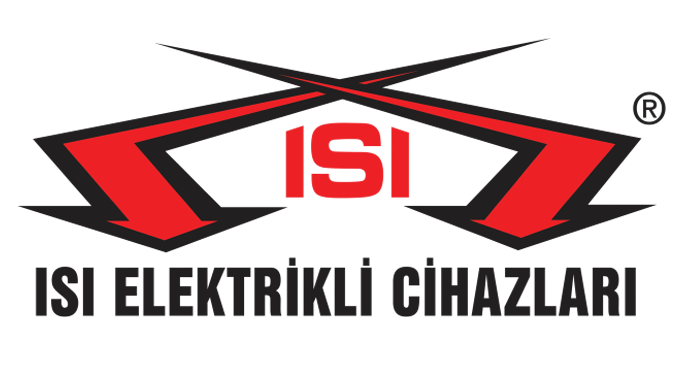
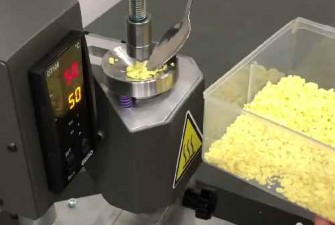
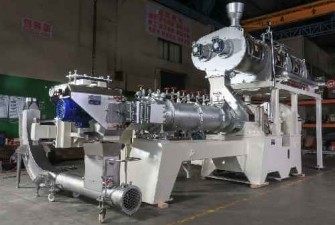
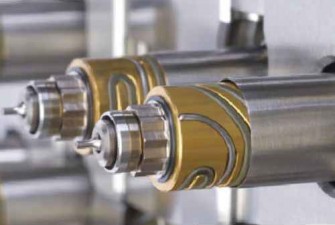
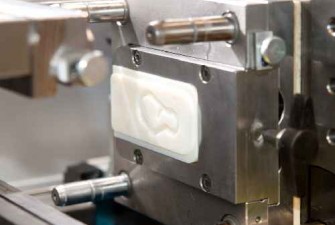
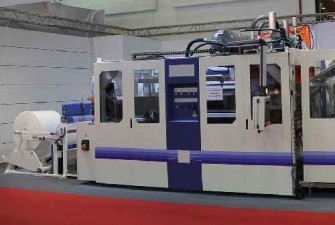
-500x500.jpg)
-500x500.jpg)
-500x500w.jpg)
-500x500.jpg)
-500x500.jpg)
-500x500.jpg)